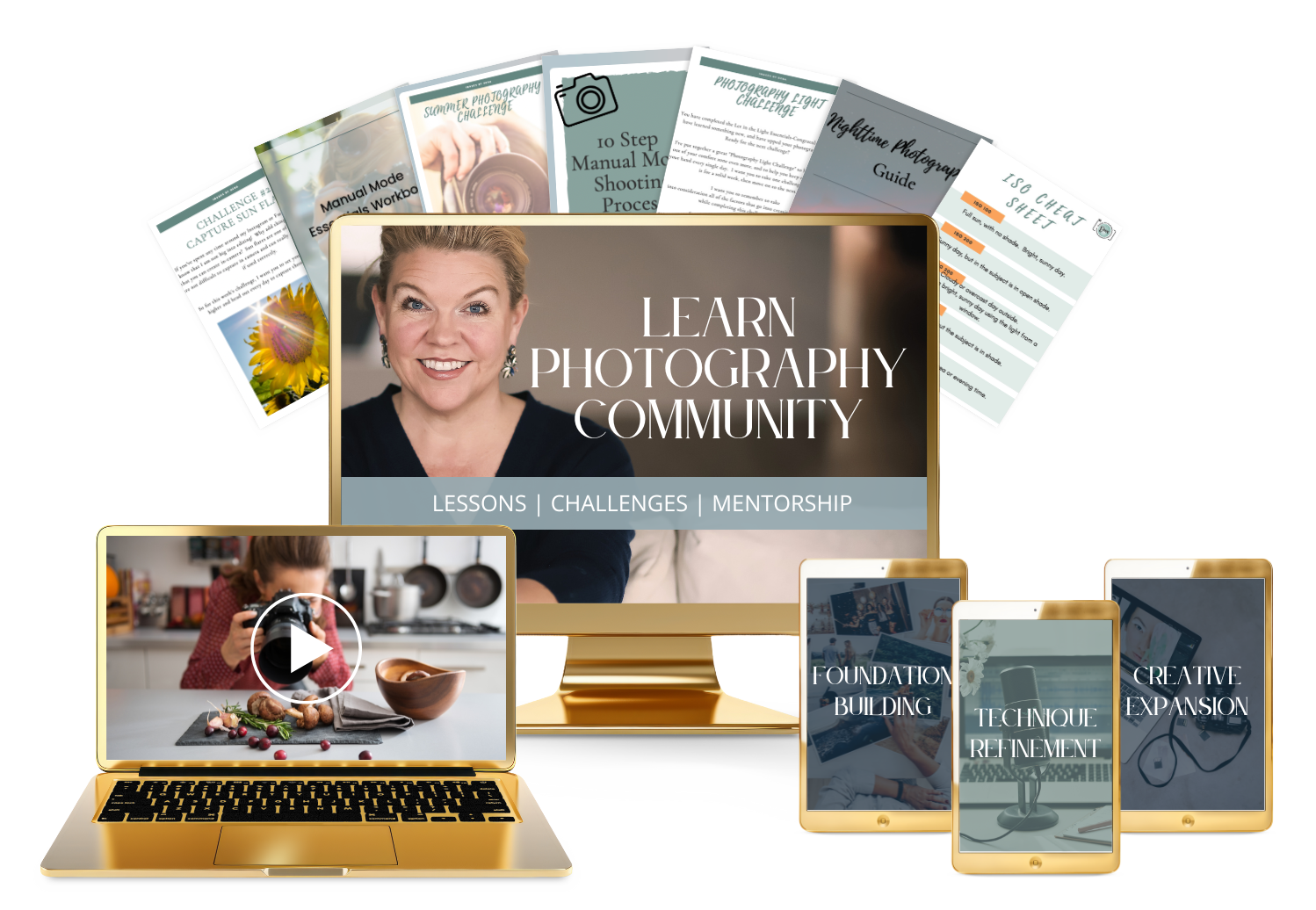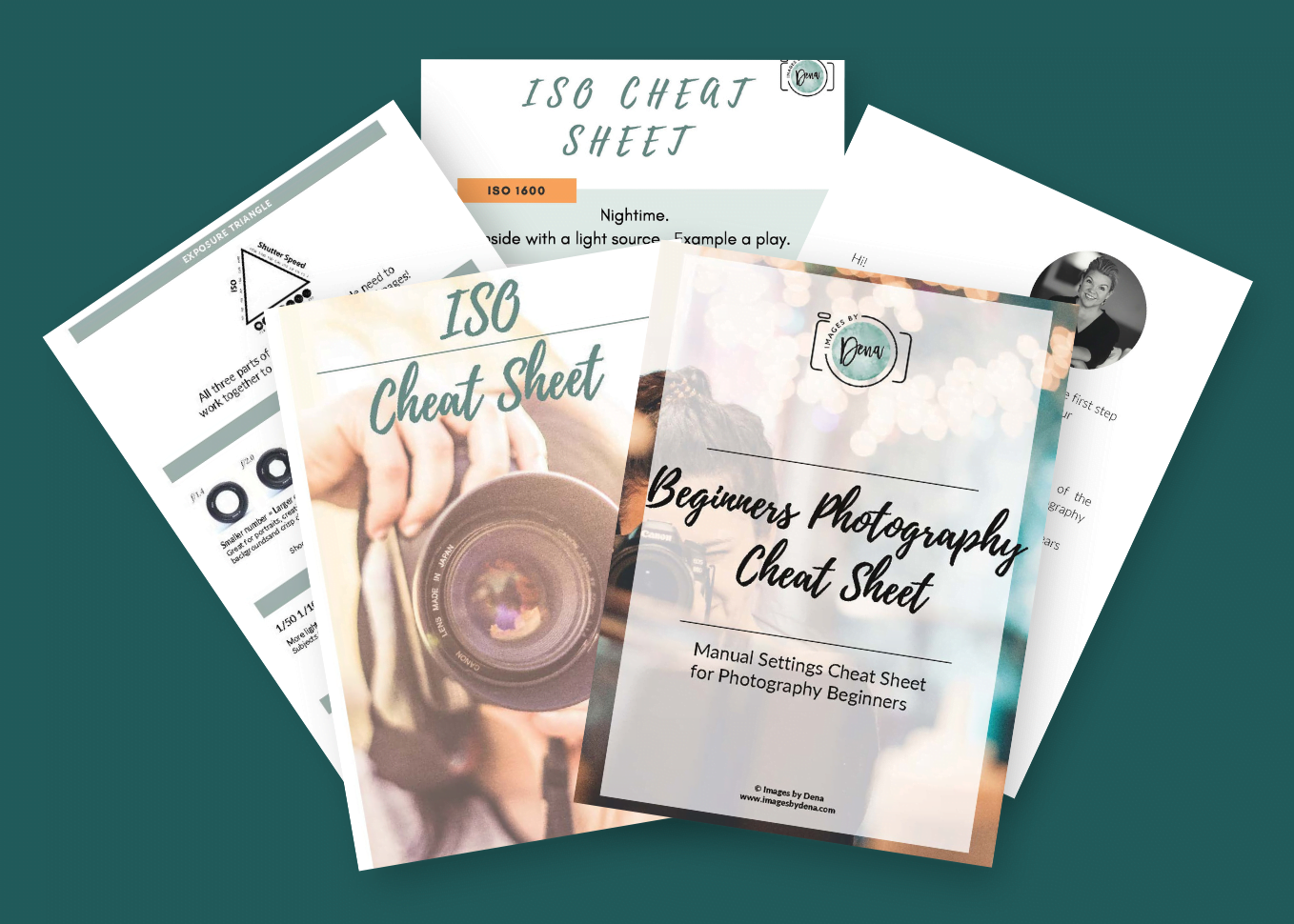
Today, I am diving into one of the fundamental pillars of the exposure triangle and probably the most crucial setting in photography: Using shutter speed.
Just the mention of shutter speed and new photographers get nervous. It might sound a bit technical, but once you get the hang of understanding shutter speed, you’ll wonder how you ever took a picture without considering it.
Shutter speed is essential to your photography, controlling the relationship between light, motion, and exposure.
So, what exactly is shutter speed?
Using shutter speed correctly doesn’t have to be difficult. I want you to think of it as the gatekeeper of light in your camera. It’s all about how long your camera’s shutter stays open when you press the shutter button.
The longer it’s open, the more light it lets in, and vice versa.
Shutter speed determines how long the camera’s sensor is exposed to light and how long the shutter is open. It’s crucial for capturing motion in your shots.
Shutter speed is measured in fractions of a second, like 1/500 or 1/30. The larger the denominator, the faster the speed. Shutter speed is often the reason people’s photos aren’t sharp. They may need to fully understand the exposure triangle and be using shutter speed correctly to create a sharp image.
Using Shutter Speed
These 3 tips will help you in using shutter speed and how mastering it can elevate your photography skills.
Capturing Motion with Precision:
Shutter speed is the ultimate tool for freezing or emphasizing motion in your photographs and using shutter speed correctly can change your photography.
A fast shutter speed, such as 1/500 or faster, is ideal for freezing action, whether a sprinting athlete, a fluttering butterfly, or a splash of water mid-air.
This fast shutter speed ensures you can capture even the most fleeting moments with tack-sharp focus. It’s perfect for sports photography, wildlife, or any situation where you need to capture a moment with minimal motion blur.
Fast shutter speeds allow you to shoot handheld without worrying about camera shake.
A slower shutter speed, like 1/30 or slower, allows for the portrayal of motion blur. If you want to get creative and introduce motion into your images, go for a slow shutter speed, such as 1/30 or 1/15 sec.
This slower shutter speed can create stunning effects like silky smooth waterfalls, or dreamy long-exposure landscapes.
However, as I mentioned, slow shutter speeds require a tripod to prevent camera shake. Experimenting with different shutter speeds enables you to convey movement in a way that enhances the narrative and impact of your photographs.

Balancing Light and Exposure:
Shutter speed isn’t just about light and motion; it also plays a crucial role in exposure. Pair it with aperture and ISO; you’ve got the exposure triangle. Adjusting one affects the others, so finding that sweet spot is essential.
By mastering the manipulation of shutter speed, photographers unlock a realm of creative possibilities. When you change the shutter speed, as I mentioned above, you essentially control the duration of light exposure onto the camera’s sensor.
High-speed photography offers a glimpse into the intricate details of fleeting moments. By using rapid shutter speeds, photographers freeze the hustle and bustle of life, capturing split-second phenomena with remarkable clarity.
A faster shutter speed limits the amount of light entering the camera, which is beneficial in brightly lit conditions or when you want to maintain sharpness in fast-moving subjects.
One of the most captivating applications of shutter speed is in long exposure photography. By extending the duration of the shutter’s opening, photographers can capture the passage of time within a single frame.
A slower shutter speed allows for a longer exposure time, making it ideal for low-light situations or when you want to create artistic effects such as light trails or silky smooth waterfalls.
Understanding how shutter speed influences exposure and using shutter speed in conjunction with aperture and ISO empowers you to achieve perfectly balanced images in any lighting scenario.

Explore the Creative Possibilities:
Shutter speed isn’t just a technical aspect of photography; using shutter speed is a great way to show creative expression.
By manipulating the shutter speed, you can unleash a world of artistic possibilities and ensure your photographs convey your unique vision.
Experiment with long exposures to capture the passage of time in a single frame, transforming bustling cityscapes into mesmerizing streaks of light or serene landscapes into ethereal dreamscapes.
Play with high-speed photography to reveal intricate details in fast-paced scenes, whether the hummingbird’s delicate wings or the bursting balloon’s explosive moment.
Each shutter speed adjustment opens up new avenues for creativity, allowing you to push conventional photography’s boundaries and discover your signature style.

There you have it: Using shutter speed: 3 tips to help you use shutter speed to make your photos more creative.
Mastering shutter speed is essential for photographers seeking control over their photography, motion, light, and creative expression. Understanding its principles and experimenting with shutter speed will unlock your camera’s full potential and capture unforgettable moments and I hope that these tips have helped you realize that it doesn’t have to be so difficult.
Whether you’re freezing action, capturing motion, or just soaking in the perfect light, mastering this little gem will take your photography game to the next level. So grab your camera, adjust your shutter speed and start snapping away and if you are ready to change your photography today, come join the Learn Photography Community.



